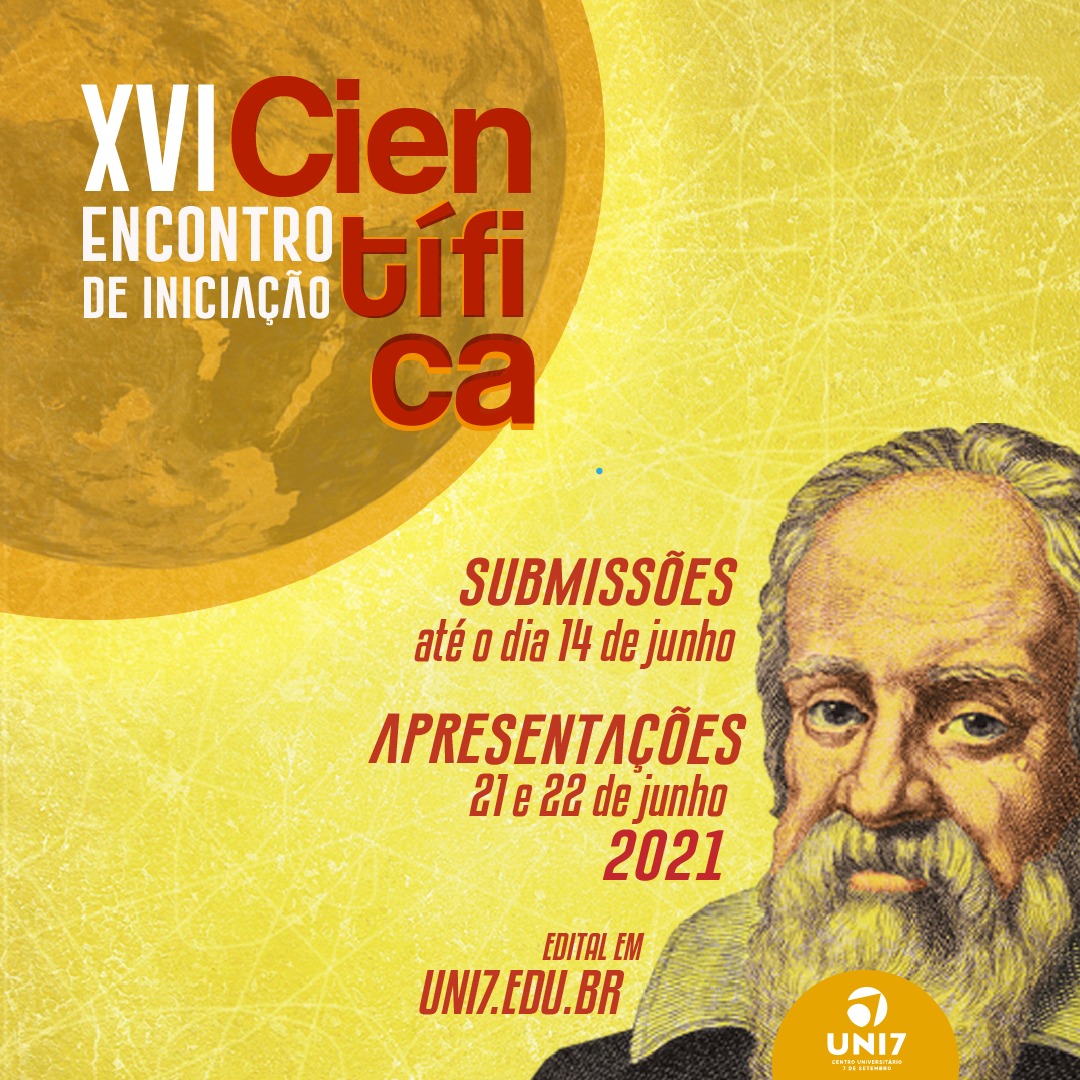Effects of Grain Refinery Addition in the Microstructure and in the Mechanical Properties of Casted Aluminium Alloys
Keywords:
casting, inoculants, Al-Ti-B, grain sizeAbstract
Aluminium alloys are widely used in casting process because their low melting point, excellent flowability, and high heating transfer coefficient, which allow fast production cycles. However, this non-ferrous material can present coarse grains, like columnar grains, in its macrostructure after casting process. It´ s well known that mechanical properties of Aluminium alloys casted can be indicated by the grain size, as a result refined grains present a totally equiaxed microstructure, reducing problems with hot cracks and improving the machinability of casting material. With the purpose to induct a refined grain, inoculation treatment can be used in liquid metals, which increase the number of grains nucleus inside the liquid and, therefore, reduce the final medium grain size. Thus, the main goal of this work is refining the grain in aluminium alloy by adding Al-Ti-B alloy. This work is composed by the following steps: preparation of sand casting (60% of sand, 40% of clay, and 4% of water), moulding, melting, addition of inoculators of Al-Ti-B system, pouring, unmoulding of casted sample, and microstructural analysis. The fusion occurs at 750°C in a muffle furnace, using a crucible made of silicon carbide and graphite. The Al-Ti-B alloy (around 0.5% in weight), used as a grain refinery and donated by AMG Brazil, was added in this temperature, and held in furnace for 30 minutes. Micro and Macrostructures of casting samples with and without grain refinery were analysed. Keller solution was used in microstructural analysis.
References
BALDIN, M. C.; BATISTA, G. M.; VERRAN, G. O. Estudo do Refino de Grão da Liga de Alumínio Eutético através da Curva de Resfriamento. In: 20o CBECIMAT, Joinvile - SC. Anais... Joinvile - SC: 2012.
BENAMANN, T. P.; JUNIOR, M. W. Análise do Refino de Grão da Liga de Alumínio através da Curva de Resfriamento. In: VI SECITEC, Jequié - BA. Anais... Jequié - BA: 2017.
CHIAVERIN, V. Tecnologia Mecânica - Vol. III - Materiais de Construção Mecânica. 2a ed. São Paulo: Pearson Educaton do Brasil, 1986.
CHIAVERINI, V. Tecnologia Mecânica - Vol. II - Processos de Fabricação e Tratamento. 2a ed. São Pualo: Pearson Educaton do Brasil, 2014.
CONSTANTINO, M. G.; SILVA, G. V. J. da; DONATE, P. M. Fundamentos de Química Experimental. 2a ed. São Paulo: Universidade de São Paulo, 2011.
GARCIA, A. Solidificação - Fundamentos e Aplicações. 1a Reimpre ed. Campinas - SP: Unicamp, 2011.
GROOVER, M. P. Introdução aos Processos de Fabricação. 1a ed. Rio de Janeiro: LTC, 2018.
MÜLLER, A. Solidificação e Análise Térmica dos Metais. 1a ed. Porto Alegre: UFRGS, 2002.
OSÓRIO, W. R.; PEIXOTO, L. C.; GARCIA, A. Efeitos da Agitação Mecânica e de Adição de Refinador de Grão na Microestrutura e Propriedades Mecânica de Fundidos da Liga Al-Sn. Revista Matéria, v. 14, n. 3, p. 906–917, 2009.
SANTOS, R. G. dos. Transformações de Fases em Materiais Metálicos. 1a Reimpre ed. Campinas - SP: Unicamp, 2013.


